Service

Eurocode in my country is different than in other regions, can you handle this?
Read more: Eurocode in my country is different than in other regions, can you handle this?Yes, we can accommodate the differences in Eurocode implementation across regions. Our static engineer is proficient in preparing projects and calculations in both German and/or English, and we can ensure compliance with all European “National Annexes.” We maintain a comprehensive collection of country-specific norms, but in cases where we lack certain documents and you possess…
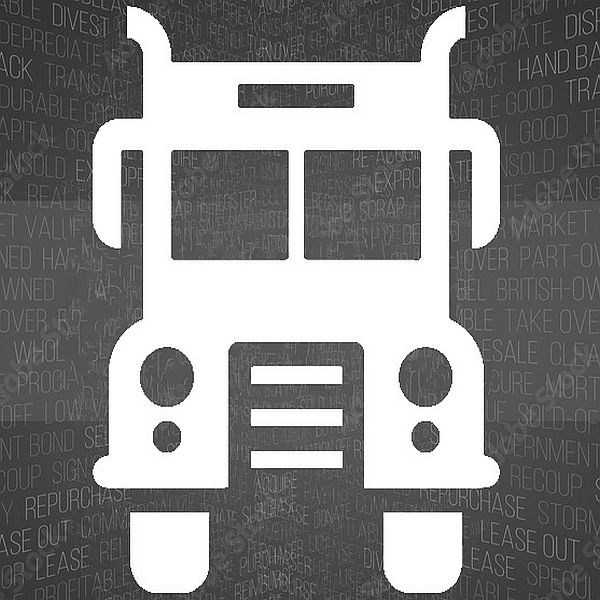
Okay your prices are fine, but how about transportation costs?
Read more: Okay your prices are fine, but how about transportation costs?Thank you for your inquiry! We understand that transportation costs are an important consideration, and we strive to provide efficient and cost-effective shipping options for our customers. Here’s an overview of our transportation costs: Small items (less than 2 meters in length, less than 15 kgs in weight): These are typically shipped via UPS or…
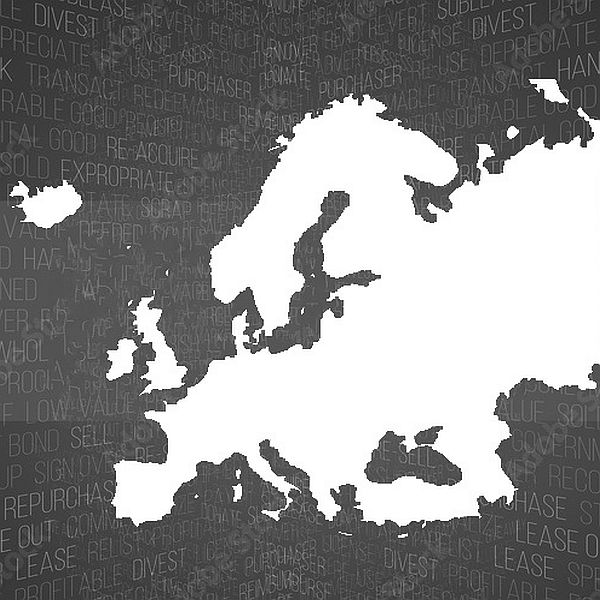
I’m from England, France, Germany – you name it, Altruss is located elsewhere – will it work?
Read more: I’m from England, France, Germany – you name it, Altruss is located elsewhere – will it work?Absolutely, Altruss operates within the EU, making export/import processes easier than ever. With no VAT in exports, unified invoices, and convenient payment methods such as PayPal or SWIFT, conducting transactions feels as seamless as shopping at a local grocery store. If you’ve never tried importing before, now is an excellent opportunity! Language barriers are not…

Service of mast and tower, why should I bother?
Read more: Service of mast and tower, why should I bother?Servicing masts and towers is essential due to the high-risk nature of these constructions. Damage or failure could result in property loss or even endanger lives, making regular maintenance crucial. For aluminum masts, while they are resistant to corrosion, they are susceptible to frost cracking. Therefore, it’s advisable to have qualified personnel check for signs…
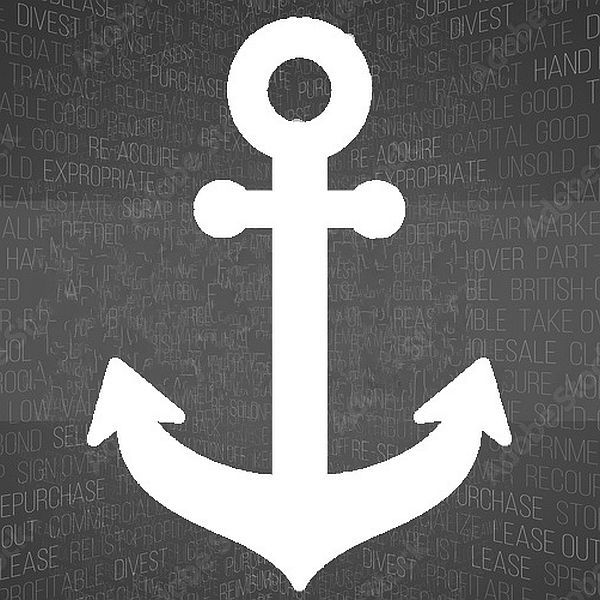
How do I place guy wire anchors the right way?
Read more: How do I place guy wire anchors the right way?Placing guy wire anchors correctly is crucial for ensuring the stability and safety of masts. Here are some guidelines to follow: Symmetrical Placement: Aim to install guy wire anchors symmetrically around the mast. For a three-cornered mast, this means spacing the anchors evenly at 120-degree intervals around the base of the mast. Distance from Mast:…
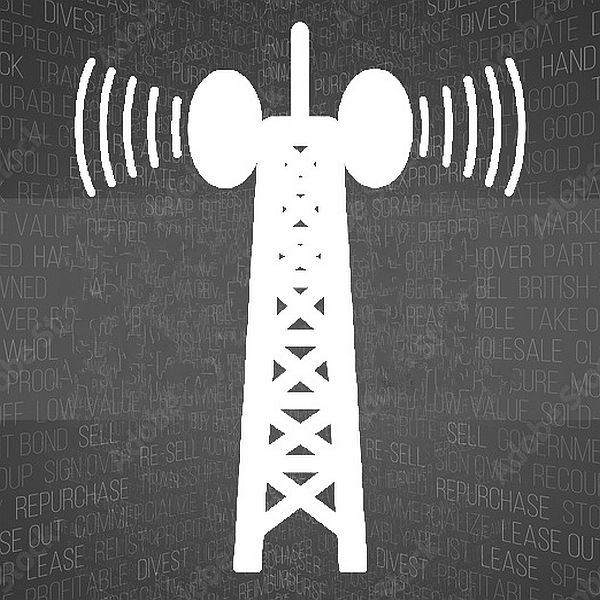
How do we attach antennas the smart way?
Read more: How do we attach antennas the smart way?Attaching antennas to a telecommunication mast in a smart way involves utilizing the most robust points in the structure, known as nodes. Here’s how to do it effectively: Identify Nodes: Nodes are the locations where cross members meet on the corner pipe of the mast. These points are inherently strong and are designed to withstand…
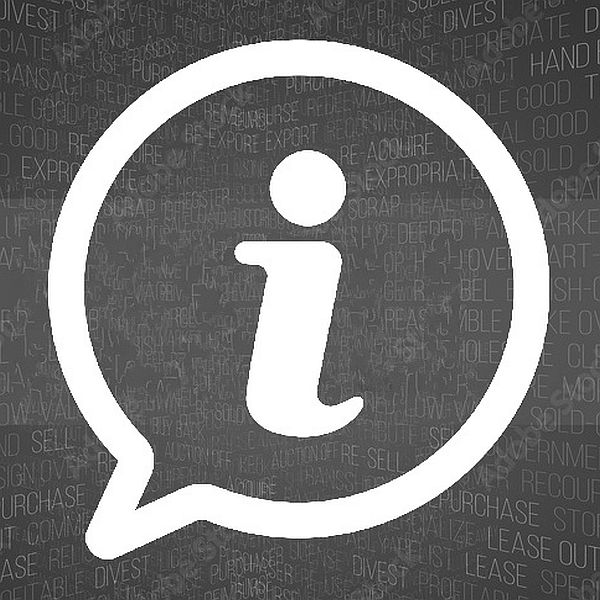
What information matter when we brief you Altruss to make mast for us?
Read more: What information matter when we brief you Altruss to make mast for us?When briefing Altruss to make a mast, the key information required includes: Location: The precise location where the mast will be installed is crucial. Factors such as the terrain, local weather conditions, and any potential obstructions in the surrounding area need to be considered to ensure the mast is appropriately designed for its environment. Primarily…

Are welded constructions any better than bolted?
Read more: Are welded constructions any better than bolted?Welded and bolted constructions each have their own advantages and considerations, especially in the context of communication towers: Transportation: Welded constructions, particularly for larger towers, can pose challenges in transportation due to their size. For example, Altruss H32 towers have sizable base dimensions (4,5×4.5 meters wide and 6 meters long), making transportation on highways impossible.…
Subscribe
Sign up with your email address to receive our weekly news
Latest news
- I sell network equipment, clients ask us for masts and towers sometimes. Can I resell your products?
- Eurocode in my country is different than in other regions, can you handle this?
- Okay your prices are fine, but how about transportation costs?
- My authorities demand TUV, GLS-SLV, ISO3834, ISO1090 and “CE” – can you do it?
- I’m from England, France, Germany – you name it, Altruss is located elsewhere – will it work?
